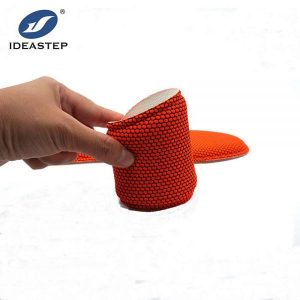
Memory foam is a type of polyurethane foam that has viscoelastic properties. It was originally developed by NASA in the 1960s to improve seat cushioning and crash protection for astronauts.
The unique characteristic of memory foam is its ability to soften and mold in response to heat and pressure. Then return to its original shape once the pressure is removed. This responsiveness is due to its viscoelastic nature, which means it exhibits both viscous (slow-moving) and elastic (returns to its original shape) properties.
When body heat comes into contact with memory foam, it softens and conforms closely to the contours of the body. This provides excellent support as well as even weight distribution. Relieving pressure points on areas such as hips, shoulders, or back. Memory foam also absorbs energy from movements, reducing motion transfer between sleeping partners.
Memory foam mattresses, pillows, and mattress toppers/cushions are popular applications of this material due to their ability to provide customized comfort by contouring precisely to an individual’s body shape. However, some people may find memory foam too warm or lacking in breathability since it tends to retain heat. To address this issue, manufacturers often incorporate cooling gel layers or design airflow channels within memory foam products for enhanced temperature regulation.
Expand more related content: https://www.aideastep.com/eva-blockers-top-covers-for-cad-cam-milling/.
